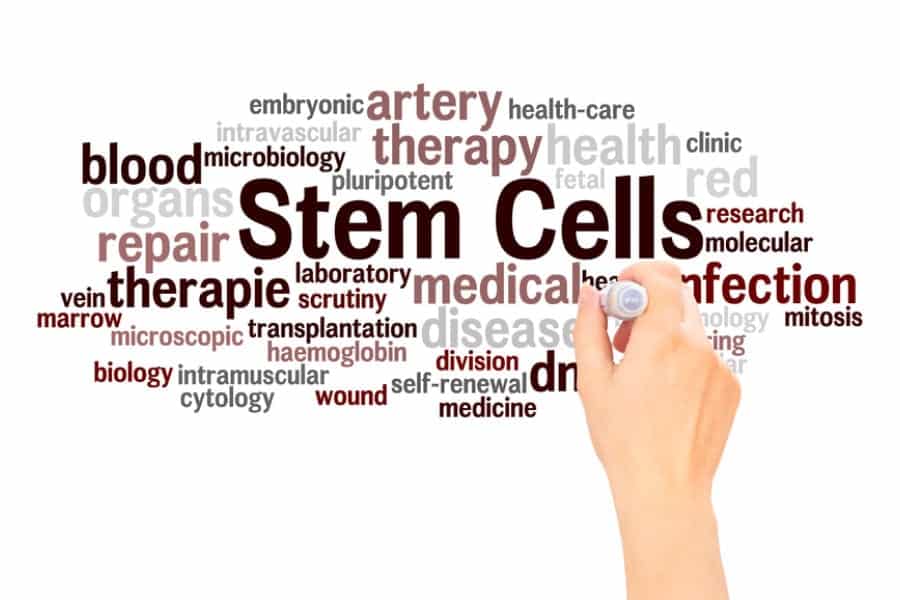In a new study published in Cell Stem Cell, researchers at University of California San Diego School of Medicine report successfully implanting highly specialized grafts of neural stem cells directly into spinal cord injuries in mice, then documenting how the grafts grew and filled the injury sites, integrating with and mimicking the animals’ existing neuronal network.
Although previous research, including published work by Mark H. Tuszynski, MD, PhD, and colleagues, had shown improved functioning in SCI animal models after neural stem cell grafts, scientists did not know exactly what was happening.
“We knew that damaged host axons grew extensively into (injury sites), and that graft neurons in turn extended large numbers of axons into the spinal cord, but we had no idea what kind of activity was actually occurring inside the graft itself. We didn’t know if host and graft axons were actually making functional connections, or if they just looked like they could be.”
— Steven Ceto, a postdoctoral fellow in Tuszynski’s lab
Ceto, Tuszynski and colleagues took advantage of recent technological advances that allow researchers to both stimulate and record the activity of genetically and anatomically defined neuron populations with light rather than electricity. This ensured they knew exactly which host and graft neurons were in play, without having to worry about electric currents spreading through tissue and giving potentially misleading results.
They discovered that even in the absence of a specific stimulus, graft neurons fired spontaneously in distinct clusters of neurons with highly correlated activity, much like in the neural networks of the normal spinal cord. When researchers stimulated regenerating axons coming from the animals’ brain, they found that some of the same spontaneously active clusters of graft neurons responded robustly, indicating that these networks receive functional synaptic connections from inputs that typically drive movement. Sensory stimuli, such as a light touch and pinch, also activated graft neurons, a media release from University of California – San Diego explains.
“We showed that we could turn on spinal cord neurons below the injury site by stimulating graft axons extending into these areas. Putting all these results together, it turns out that neural stem cell grafts have a remarkable ability to self-assemble into spinal cord-like neural networks that functionally integrate with the host nervous system. After years of speculation and inference, we showed directly that each of the building blocks of a neuronal relay across spinal cord injury are in fact functional.”
— Steven Ceto, the study’s first author
Therapy a Decade Away?
Tuszynski, professor of neurosciences and director of the Translational Neuroscience Institute at UC San Diego School of Medicine, comments that his team is now working on several avenues to enhance the functional connectivity of stem cell grafts, such as organizing the topology of grafts to mimic that of the normal spinal cord with scaffolds and using electrical stimulation to strengthen the synapses between host and graft neurons.
“While the perfect combination of stem cells, stimulation, rehabilitation and other interventions may be years off, patients are living with spinal cord injury right now. Therefore, we are currently working with regulatory authorities to move our stem cell graft approach into clinical trials as soon as possible. If everything goes well, we could have a therapy within the decade.”
— Mark H. Tuszynski, MD, PhD
[Source(s): University of California – San Diego, Science Daily]
Related Content:
Study Shows How Growth Factor-Modified Stem Cells Help Repair Spinal Cord Injuries in Rats
Deliver NSCs to Spinal Cord Injuries This Way, Researchers Describe
Stem Cells Offer a Promising Option to Improve Post-SCI Function





